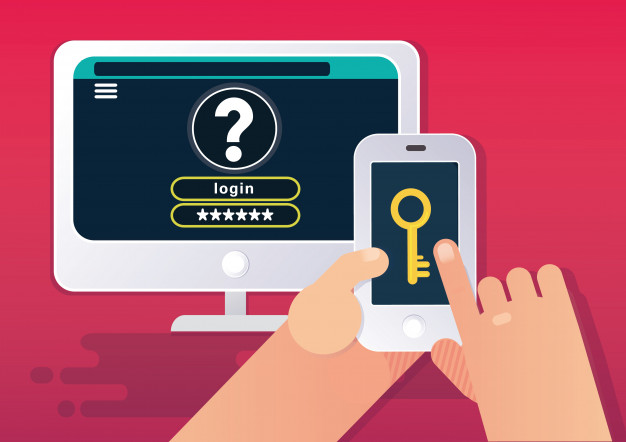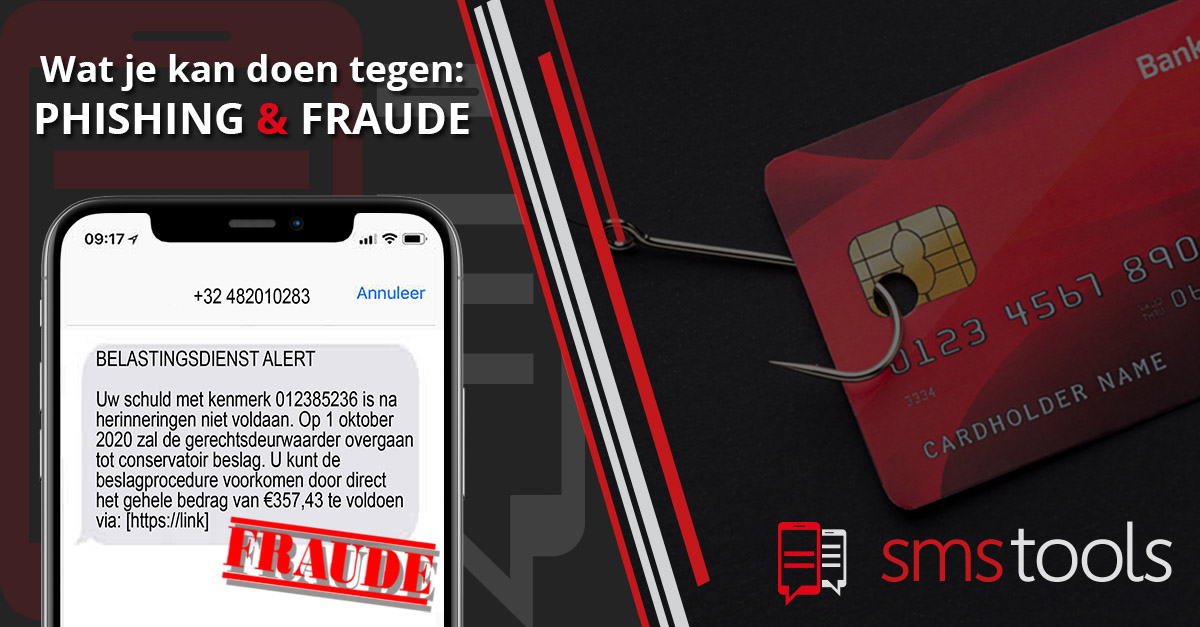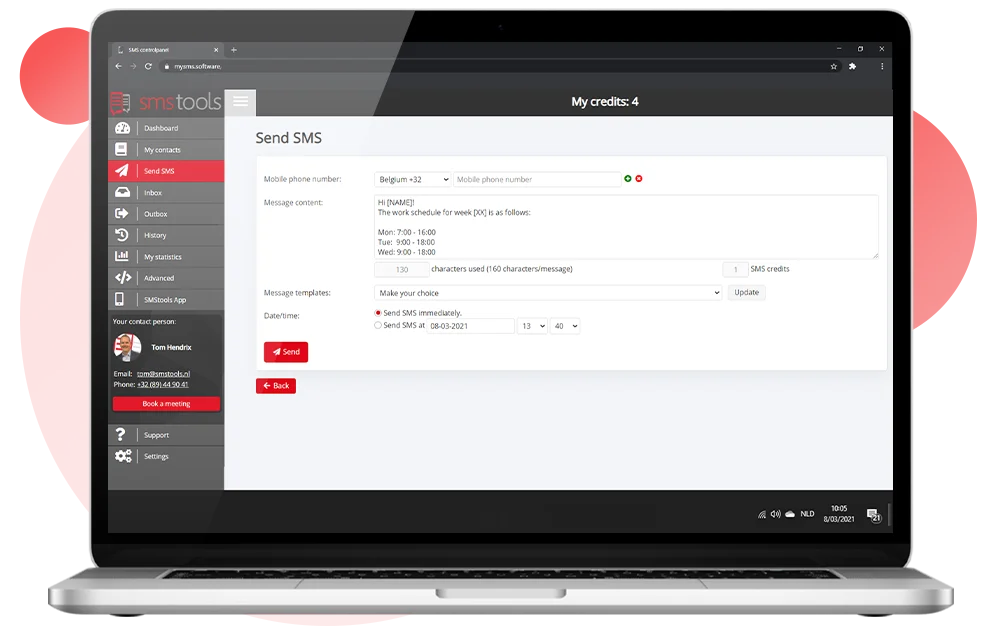In today's digital world, the threat of cybercrime is more significant than ever. Hackers target users daily to access their personal information, data, and other sensitive information. Let us look closer at how to reduce the risk of being hacked with multifactor authentication.
MFA is a security method that requires users to verify their identity in two or more ways to access their accounts. It may be something they already know, such as their password or PIN, or something that many people have started using recently: facial or fingerprint recognition.

Using MFA, users can protect their accounts from unauthorized access even if a cybercriminal has a password. This makes it harder for cybercriminals to gain access to users and reduces the risk of fraudulent activity such as unauthorized purchases or data theft.
MFA can be applied in various ways, depending on the level of security required and user preferences. For example, some services require users to enter a code sent to their mobile device or email address, while others use biometric authentication, facial recognition, or fingerprint reading.
Users must enable multifactor authentication for their accounts, including email, banking, social media, and other sensitive information services. Many platforms and services offer MFA as an option that is typically easy to enable, and while MFA provides a high level of security, it is not foolproof. Users still need to take additional measures for their accounts, such as using one-time strong passwords, updating their software regularly, and being wary of phishing scams.

Multifactor authentication is a critical way to prevent fraud and protect user accounts from unauthorized users. By enabling MFA and taking additional security measures, users can protect their personal information and reduce the risk of cybercrime. As technology advances, we must remain vigilant and proactive in protecting our digital data. Smstools takes the security of our customer's data very seriously. Our team of experts works tirelessly to ensure that all sensitive information is protected with the highest possible security measures.

Prevent fraud and protect user accounts with multifactor authentication


